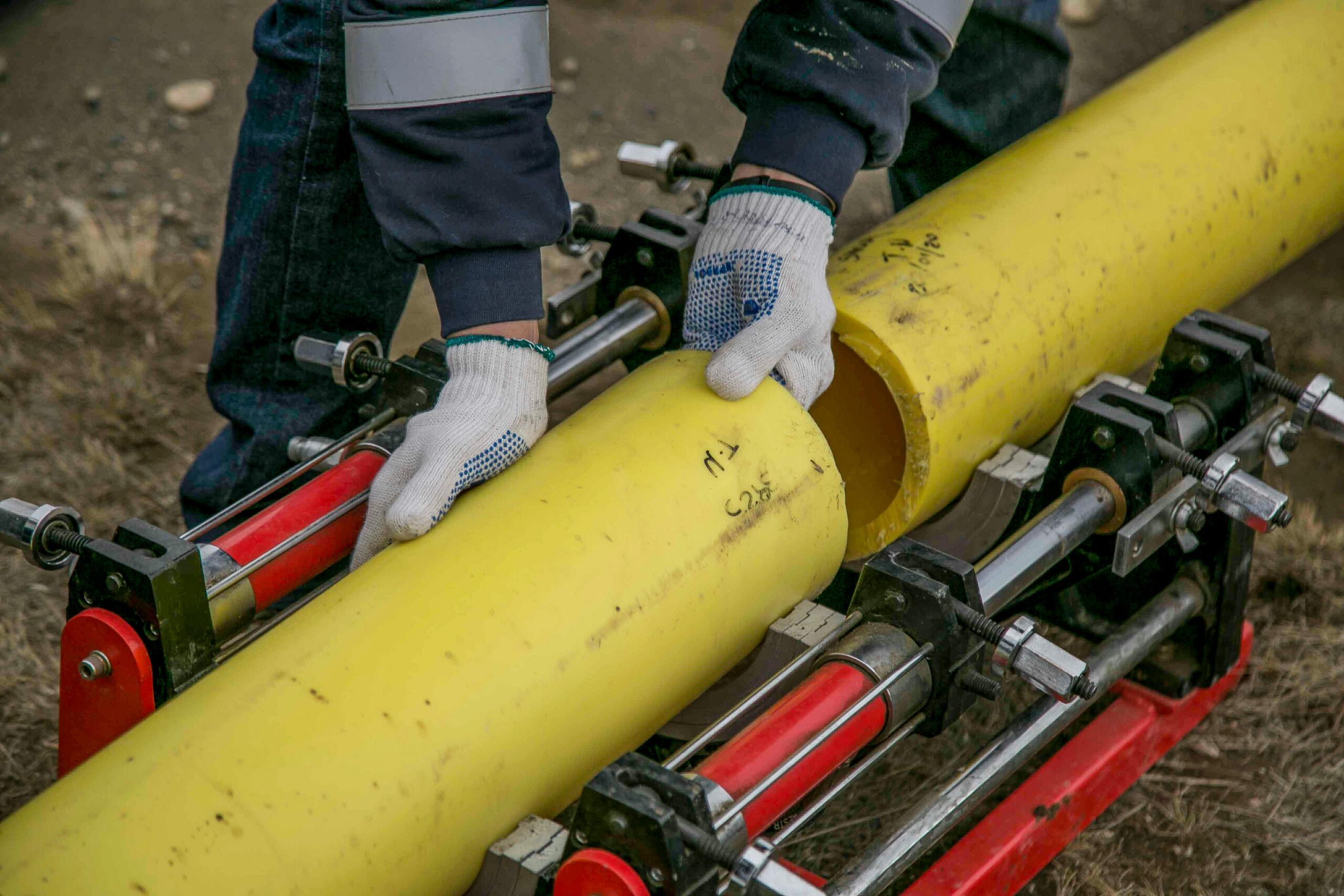


Most likely some simple repairs are needed, though what’s making your toilet run could be a number of things.
The most common issue of a running toilet is the flapper, located in the tank of the toilet, has shrunken due to chemicals in the water. This normally takes around 3 to 5 years to happen.
Another common problem is that the fill-valve over time will lose its ability to regulate the water level in the tank, and at that time it will need to be replaced. There is also the fill tube assembly, which has a lower gasket that can leak or a leak can form from the tube itself. It’s always a good idea to perform regular maintenance on your toilet by replacing the flapper and fill valve to prevent leakage that you may not hear or see.
A great way to check your toilets for water flow is by dropping food coloring dye into the tank. Let the dye set for 5 to 10 minutes and then see if the food coloring dye shows in the bowl of the toilet. If you do, that means you have a hidden toilet water leak.
As homeowners, it’s essential to know where your main water shut off valve is and how to turn it off before an emergency happens. A burst pipe inside a house can cause catastrophic damage while you search for the valve or wait for a plumber. Your water shut off valve is on the main water line serving the house. The valve will be located inside the house and close to an exterior wall. There is also a separate valve that controls the hot water piping in the house. This valve is located at your water heater, which is also inside the house. This valve is often quicker and easier to access and closer than the house’s main water valve. Every second matters when water is flooding into your home, but remember that this valve only controls the home’s hot water piping and is not the main water shut off valve.